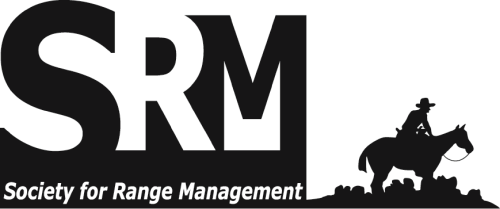On the Ground • The American beef industry is paying more attention to cattle temperament, but studies examining relationships between temperaments and grazing behavior or animal performance on rangelands are limited. • We studied range beef cow temperaments using the behavioral syndromes framework. Cows classified into behavioral type groups on the basis of a suite of correlated behaviors showed contrasting rangeland use patterns and different reproductive efficiency. These differences resulted in temperament-related culling rates over time. • We argue that the behavioral syndromes conceptual framework could be a valuable tool to advance current understanding about how cattle temperaments are related to grazing patterns and animal performance on rangeland. The Rangelands archives are made available by the Society for Range Management and the University of Arizona Libraries. Contact lbry-journals@email.arizona.edu for further information. Migrated from OJS platform March 2020

Practical, non-technical peer-reviewed articles published by the Society for Range Management. Access articles on a rolling-window basis from vol 1, 1979 up to 3 years from the current year. More recent content is available by subscription from SRM.